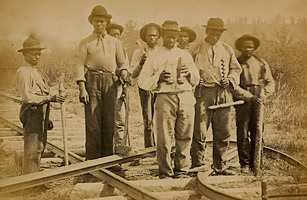
Correction Appended July 2, 2012
Long before Rosa Parks refused to move to the back of the bus, Homer Plessy refused to move to a "blacks-only" railway car. Plessy, who was seven-eighths white and one-eighth African American, was arrested in accordance with Louisiana's Separate Car Act. In 1896, the Supreme Court ruled the law did not contradict the 14th Amendment's equal-protection clause. And while the majority opinion didn't include the exact phrase "separate but equal," that's the concept it sanctioned. According to the court, the Constitution guaranteed legal, but not social, equality: segregation was constitutional. There was just one dissenting opinion, from Judge John Marshall Harlan, who wrote, "Our Constitution is colorblind, and neither knows nor tolerates classes among citizens." More than half a century would pass before the Supreme Court ruled on "separate but equal" in Brown v. Board of Education.
Date Decided: May 18, 1896
Chief Justice Presiding: Melville Weston Fuller
Vote Split:7-1.
Dissenting justice John Marshall Harlan wrote that constitutional protections did not tolerate distinctions among classes or races.
A previous version of this article misstated the name of the presiding chief justice.